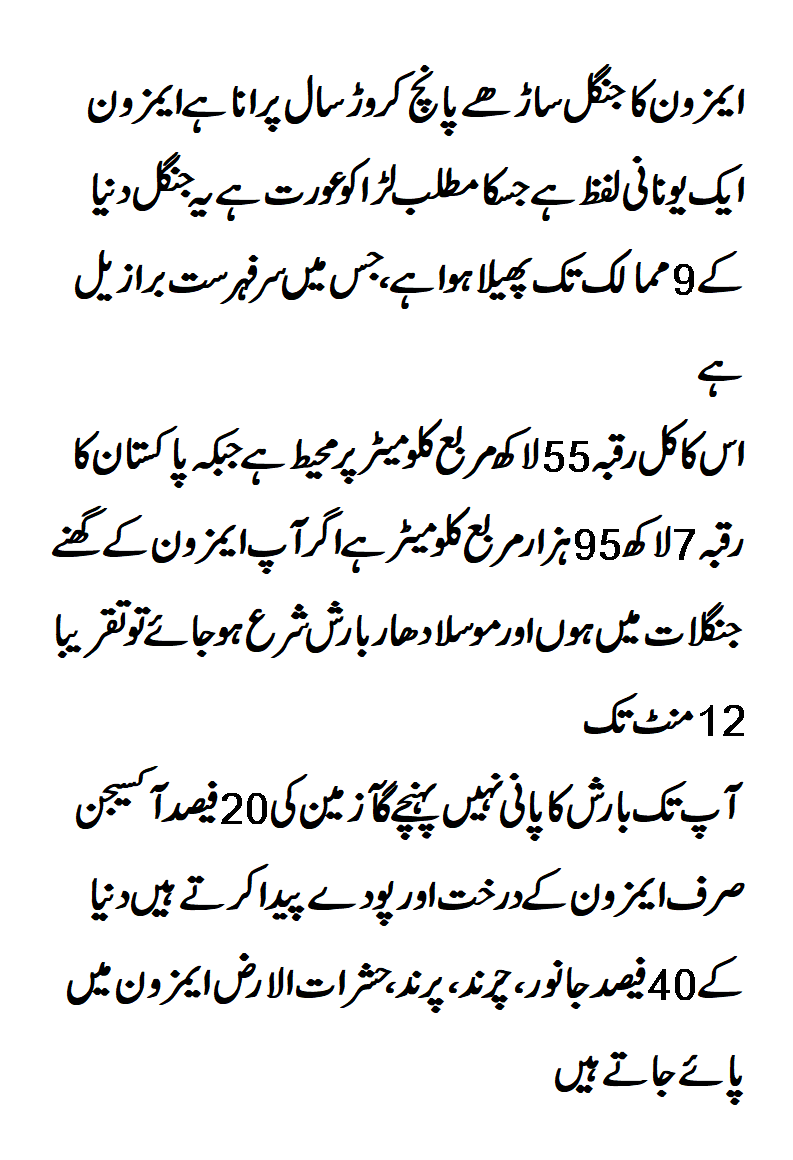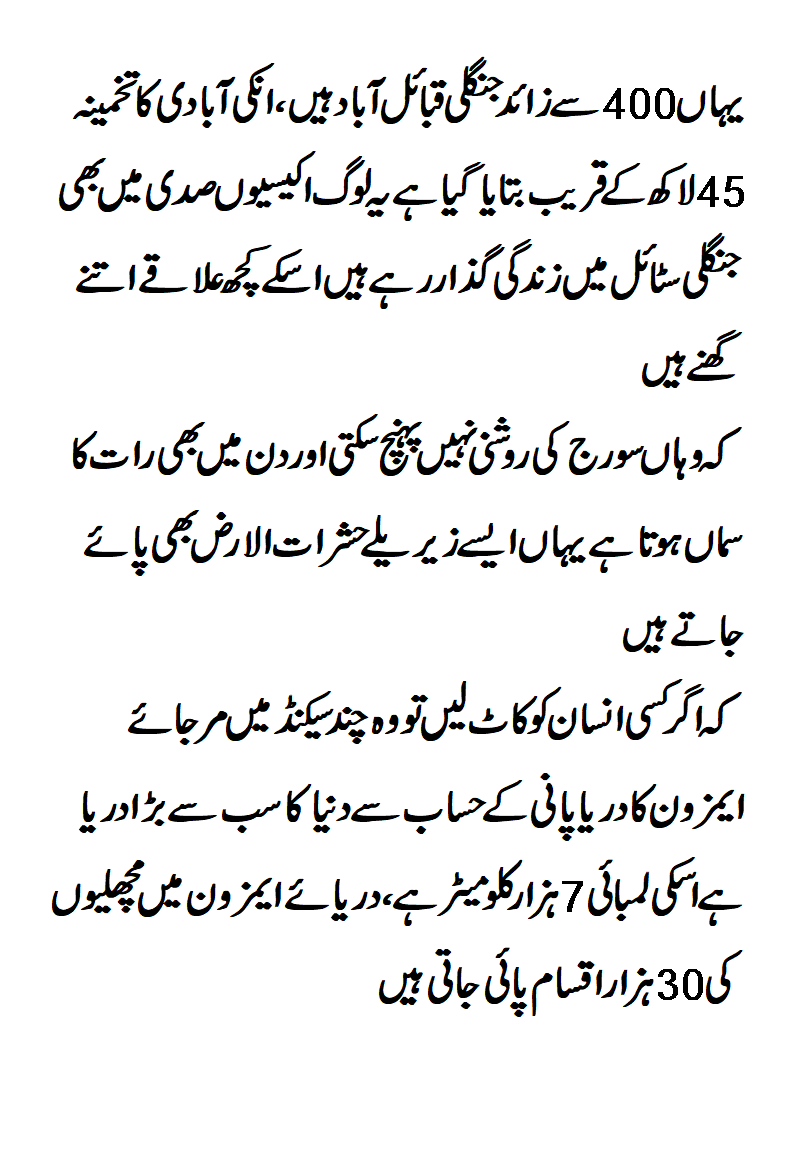The Amazon is the world’s largest rainforest, covering over 5.5 million square kilometers. It is located across South America and spans across Brazil, Bolivia, Peru, Ecuador, Colombia, Venezuela, Guyana, Suriname and French Guiana. The Amazon rainforest has been around for nearly 55 million years and is estimated to contain 10% of all known species on Earth.
The Amazon rainforest contains over 390 billion individual trees comprised of over 16,000 different species. However, these numbers are drastically declining due to alarming deforestation rates and other climate change related threats. Already 20% of the Amazon biome has been degraded, with estimates of 30% loss of all trees in the Amazon by 2030.
The Amazon rainforest is one of the most biologically diverse ecosystems on our planet that thousands of mammals, insects, birds and fish call home. The Amazon is also a massive carbon sink, holding 90-140 billion tons of carbon total. By sequestering carbon, the Amazon helps stabilize both local and global climate. Destruction of the Amazon will greatly increase atmospheric carbon and leave many species without a home.
The decline of the Amazon is an indicator that current human activity is having major impacts on Earth’s most vital ecosystems.
The Amazon is not just a home for wildlife! Over 34 million people also live in the Amazon and rely on its resources for survival. The decline of the Amazon also means the loss of indigenous territories that have been established for over 11,000 years. It is imperative that the rights of the Amazonian people and their land are protected.

